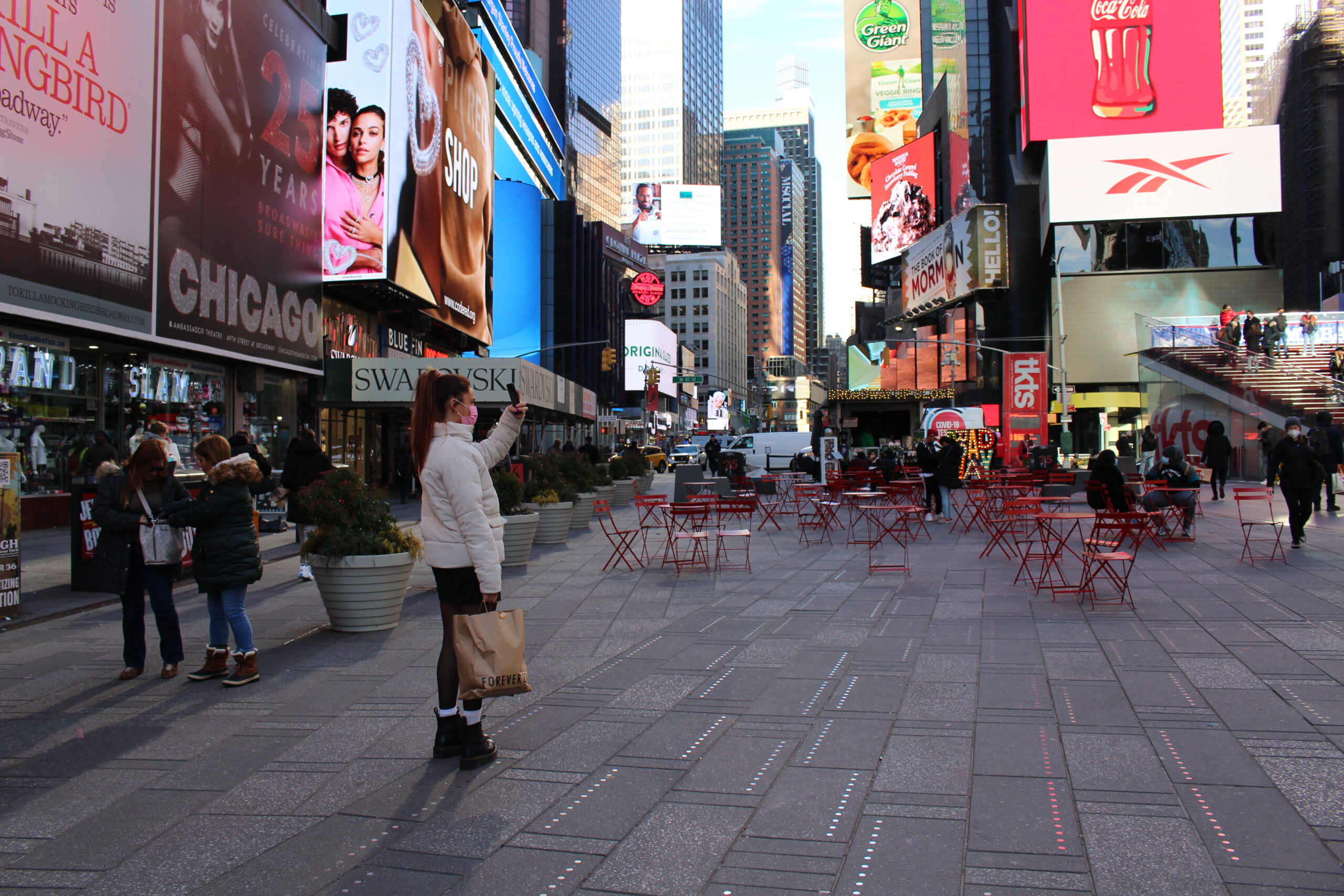Present day social media consists of several elements—the sharing of thoughts, connecting with friends and posting for monetary value through sponsors and ads, among many other factors. The fact that someone can make money off social media is something that wouldn’t have been thought of a mere 20 years ago. Today, it can almost feel like social media is no longer for the average person, but for the company or influencer looking to profit themselves. This issue will only get worse, as the amplification of online ads and monetization has the potential to push users away, as more and more posts continue to be fabricated and paid for.
It’s time for app creators to shift their focus. Instead of forcing users to market themselves online and pay for a better experience, they need to shift back to the roots of the internet. Social media was initially meant to connect with others.
The average person was estimated to encounter upwards of 10,000 ads every day in 2021, with the number doubling each year since 2007.
Platforms such as YouTube, Twitter, and Facebook integrated advertising into their sites years ago. Initially these ads were only at the beginning of a video or a sidebar on the screen, but they eventually began to move directly into the middle of one’s feed.
App creators are aware that ads are frustrating for users, as people continue to complain about the increase of ads on their feeds. A study conducted by the Institute of Electrical and Electronics Engineers found, “over 50% of the [Google Play] apps had at least 3.28% of their user complaints dealing with ads.” Though a result of this frustration has led app creators to find alternatives to traditional ads in order to monetize their apps in hopes to design a “better” experience for the average user.
One of the first examples of this was when YouTube released YouTube Red in 2015, which was a $10 monthly subscription that removed ads during videos. Twitter took longer to release a similar system for their site, as it just released Twitter Blue this past November. After years of complaints from users asking to edit and revise tweets, Twitter Blue finally implemented the edit function as well as an ad-free experience.
While Meta Platform apps such as Instagram and Facebook are likely aware of users’ complaints, they don’t yet have any premium services where users can pay to remove ads. This is probably because Instagram often leads users to market themselves with sponsored and advertised posts rather than posting for their own enjoyment—essentially removing the individual.
Meta Platform apps emphasize ways for the average user to market themselves on their sites. Facebook has options that include in-stream ads, branded content, fan subscriptions, paid online events and stars—which users can send to each other during live streams. Instagram has its Shop tab, where users can post ads for items right onto others’ feeds.
The new marketing features are a drastic difference from Instagram’s initial release as a playful photography app.
Serena Huang, a second year Arts and Entertainment Management student at Pace University has been online since she was 11 and has watched the progression of apps turning into ad and money minefields.
“Social media has gotten less exciting,” Huang said. “People aren’t genuine anymore. They only post what they think we want to see as opposed to genuine intentions to post in their best interests.”
In attempts to divert the amount of ads you see online you can try to implement Apple’s use of Screen Time, but that still might not be enough. Even when managing the amount of time you spend on your phone, there is still a huge disconnect between users’ interactions with one another as online spaces continue to be filled with ads.
Aley Mitchell, a second year photography student at Parsons School of Design, has been online since she was 8. She was diverted away from the Internet by her parents who emphasized that at such a young age she should focus on being in the real world.
“I think it’s a bit invasive how social media is integrated into everything in real life,” Mitchell said. “You can’t really escape it at all.”
Mitchell emphasized that it’s now, “draining to be online because of what is expected to be your ‘image’.
Ads have become overwhelming in the last few years, but apps suggesting that you can pay for a better experience shouldn’t be the answer to this issue. Instead of looking for ways to make profit from users, creators need to remind themselves what social media is for. Let’s learn to connect with each other online again, and divert our attention away from advertisements and marketing.








I completely agree with this article. When I open social media nowadays, especially those from Meta, I feel like opening a magazine. There’s only like 5% post from an individual with real intention to socialize. Advertisement has removed the importance of an individual who should be the first consumer of the social media. Nowadays it’s only a tools for companies to make money. It’s an online magazine basically. Meta is not a social media anymore.
I think”New Public Management” is the problem. The “market” will sort things out and meet the peoples need. Nothing could be more wrong. What the people need is a good social network, food, education, descent helthcare and education. Thats why we all pay taxes. The “market” is a bunch of companies that have to make a profit to survive. That is a fact. Why should our taxes go to people parking their Ferraris on the airports for playing golf in Thaliand?